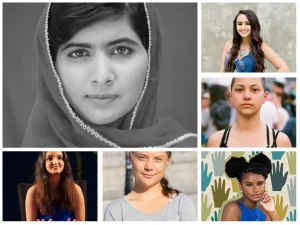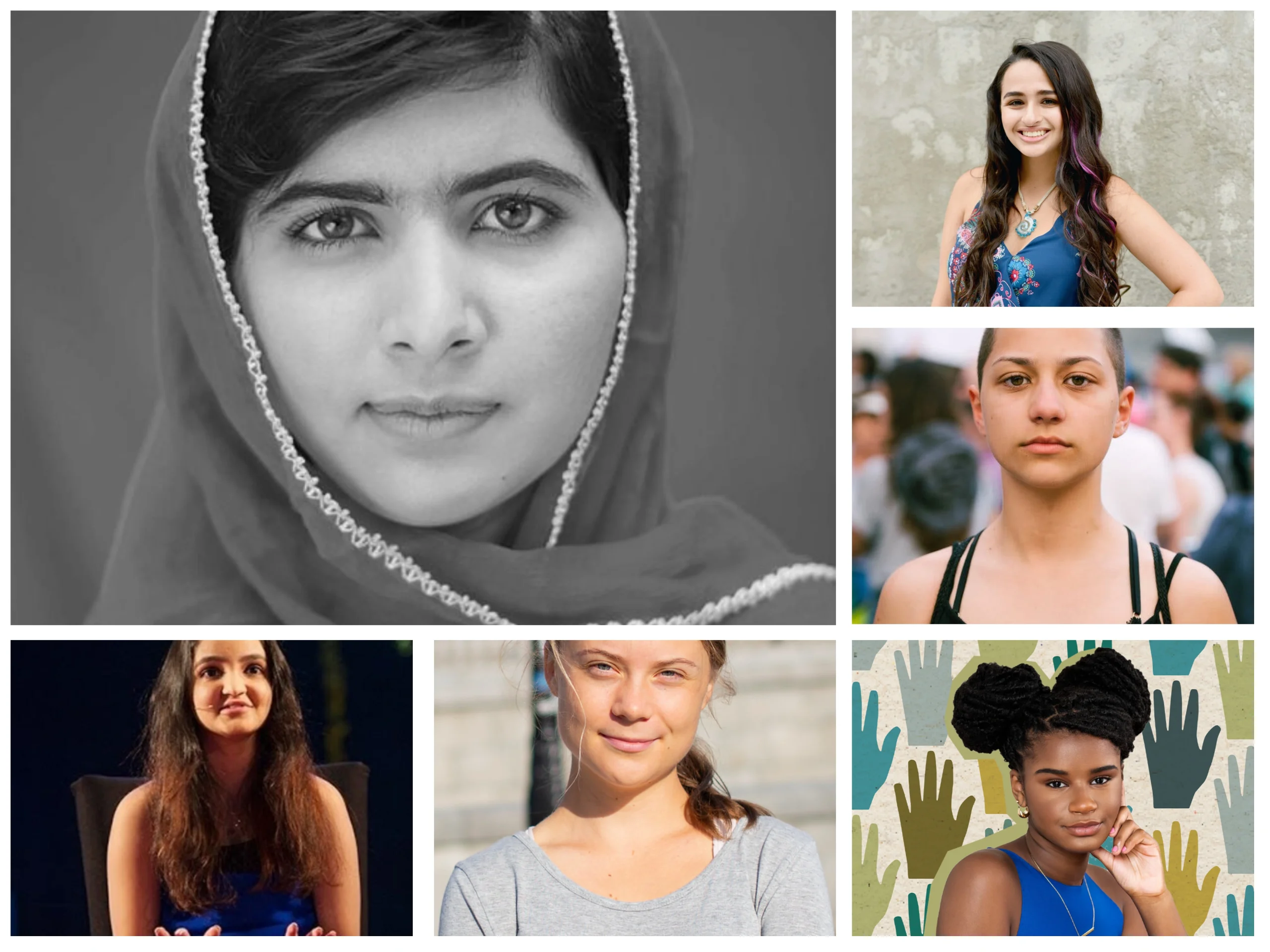Benedict Cumberbatch is a British actor known for his versatile performances across stage, television, and film. He was born in 1976 in London, England and began his acting career in the early 2000s.
Cumberbatch has received critical acclaim for his roles in various films and television series, including his portrayal of the titular character in the BBC’s “Sherlock” series, and his performances in films such as “The Imitation Game,” “Doctor Strange,” and “The Hobbit” trilogy.
He is known for his ability to portray complex characters with depth and nuance, and his distinctive voice and striking appearance have also made him a recognizable figure in popular culture. Cumberbatch has been nominated for numerous awards and has won several, including an Emmy for his role in “Sherlock” and a BAFTA for his performance in “Patrick Melrose.”
We look at our top 10 performances of this versatile actor and hope you agree with us; let us know in the comment section and our social media pages.
10
The Fifth Estate (2013)
He played Julian Assage the founder of Wiki Leaks, The eccentric figure who took it upon himself to be a whistle blower against governments and corporate organization. The story told through the eyes of Daniel Domscheit-Berg, an early supporter and eventual colleague of Julian Assange, the film follows the heady, early days of Wikileaks to its abrupt end after a series of controversial and history changing info leaks. The website’s overnight success brought instant fame to its principal architects, but as their power expanded across the globe, Daniel grew increasingly disillusioned with Julian’s questionable tactics and ethics. The rift between the two friends became irreparable and their ideological differences tore them apart, but not before they revolutionized, for better and worse, the flow of information to news media and the world at large. Well let’s say Benedict took the role of eccentricity to the next level.
9
The Grinch (2018)
He was the voice of The Grinch, the green furred creature who is not amused about Christmas, a sarcastic creature who enjoys playing pranks on people. The Grinch grows increasingly annoyed with the ever-growing festive cheer that engulfs the village of Whoville. So, he teams up with his dog to ruin the festive spirit by being a spoilsport.The character was well played and has become reference for children who have a disdain for the most wonderful time of the year.
8
The Current War (2017)
He played the role of Thomas Edison, the brilliant scientist who invented the Light bulb and was in constant logger heads with George Westinghouse. Both were the greatest inventors of the industrial age engaged in a battle of technology and ideas that will determine whose electrical system will power the new century. Backed by J.P. Morgan, Edison dazzles the world by lighting Manhattan. But Westinghouse, aided by Nikola Tesla, sees fatal flaws in Edison’s direct current design. Westinghouse and Tesla bet everything on risky and dangerous alternating current.
7
The Electric life of Louis Wain (2021)
Based on a true story, he played the role of Louis Wain, An Eccentric Artist who helped people change their perception of Cats. Think August Rush as it relates to Music and then you have a man who does that in Arts and Imagination. Louis Wain was many things during his incredible life: artist, inventor, entrepreneur and caretaker. After adopting a stray kitten, he went on to paint the extraordinary images of cats that made him world famous.
6
Penguins of Madgascar (2014)
He voiced on of the characters – Agent Classified- Eurasian wolf who was the team lead of the North Wind and elite team that defends the world against attacks. Skipper, Kowalski, Rico and Private band together with a secretive crime-fighting organisation called The North Wind to thwart Dr Octavius Brine’s plan to destroy the penguin population of the world.
5
Avengers – End Game (2019)
After Thanos, an intergalactic warlord, disintegrates half of the universe, the Avengers must reunite and assemble again to reinvigorate their trounced allies and restore balance. He played Doctor Strange in the movie and I kinda prefer his performance here to the first instalment for one scene only, when without words He let Iron Man, that was the exact moment his permutation for how Thanos would be destroyed could take effect leading to Iron Man’s sacrifice -EPIC!
4
Doctor Strange-(2014)
He played the role of Doctor of Strange – A medical professional whose life changes after a car accident robs him of the use of his hands. When traditional medicine fails him, he looks for healing, and hope, in a mysterious enclave. He quickly learns that the enclave is at the front line of a battle against unseen dark forces bent on destroying reality. Before long, Strange is forced to choose between his life of fortune and status or leave it all behind to defend the world as the most powerful sorcerer in existence.
3
Star Trek -Into The Darkness (2013)
He Played the role of Khan Noonien Singh – A genetically engineered superhuman who was fighting for the release off His own people. An action based packed movie from start to finish. The USS Enterprise crew travels to the forbidden zone in space to rescue an endangered species. Captain Kirk then leads his team to a war-zone world in search of a weapon of mass destruction.
2
The Imitation Game (2014)
He plays Alan Turing – A brilliant mathematician, recruited by the British forces to crack the German – Engima Code. Benedict put in a 5tar performance in this pulsating, intellectually written Biographical drama, that ultimately ended with lives being saved.
1
Sherlock (2010-2016)
Where He plays the famous Detective Sherlock Holmes, out witting and out thinking his Brother Mycroft who in this mini-series is nearly as smart as Sherlock. This series ran for 4 seasons, BBC went above in this epidoing better than the one released before it. Infact we are SHERLOCKED. The series revolves around Dr Watson, a former army doctor, finds himself sharing a flat with Sherlock Holmes, an eccentric individual with a knack for solving crimes. Together, they take on the most unusual cases.













